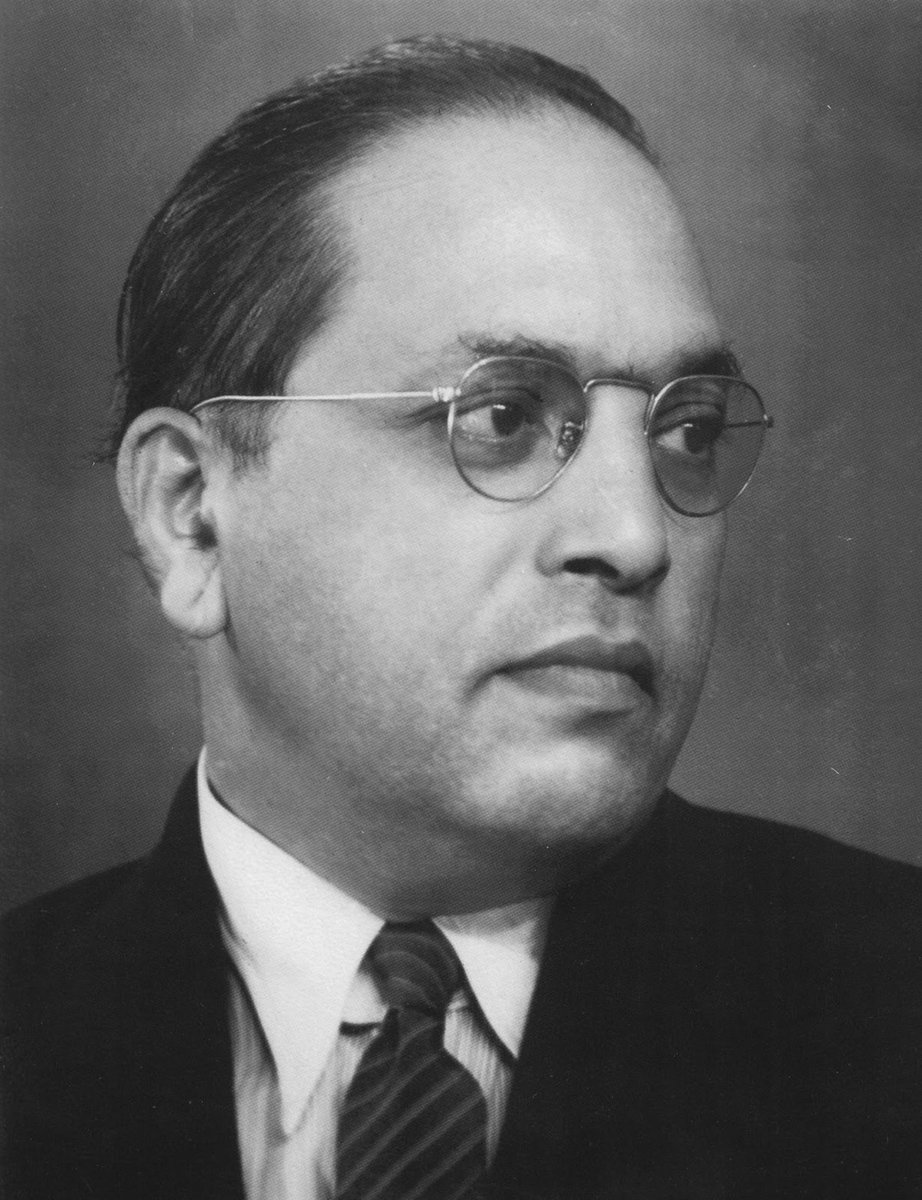
This is a thread on the tradition of #wrestling in #Pune. The city was once known as a centre of wrestling. Even in those conservative times, these akhadas or wrestling schools acted as melting pots.
#sports #Maharashtra #Marathi #caste
#sports #Maharashtra #Marathi #caste
The vastads or wrestling coaches included both, non-Brahmins & Brahmins. Their students too cut across communities.
Balambhatdada Deodhar, the man who is said to have invented the sport of mallakhamb, Bhikobadada Agashe, Ganpatrao Barve, Pandoba Jog, Dada Damle were among the #Brahmin vastads in #Pune.
The non-Brahmin vastads included Vetala Chambhar, Ashanna Vastad, Chandubhai, and most significantly, Krantiveer Lahuji Vastad Salve, who is said to have taught Mahatma Jotiba Phule & Krantiveer Vasudeo Balwant Phadke.
The 'Chandubhai Vastad Talim' in Ganesh Peth is said to be among the city's oldest talims. Though it was founded by a Muslim, even Hindus practiced wrestling here.
The wrestlers in #Pune were divided in two camps-- Chandubhaiwale & Shivramwale. However, there was no divide on communal lines. These two groups, members of which cut across caste & religious lines, would compete in wrestling matches.
Lokmanya Bal Gangadhar Tilak had learnt wrestling in his younger days with friend Daji Abaji Khare. Dagduseth Halwai, Bhausaheb Javale aka Bhau Rangari, & the three Chaphekar brothers, who were later executed for killing plague commissioner W.C Rand, were also wrestlers.
Damodar Balwant Bhide aka 'Bhatji', a revolutionary and an associate of the Chaphekar brothers was a disciple of Ganpatrao Barve. He writes about how Hindus of all castes & even Muslims were part of this akhada & followed all rituals.
Bhide also learnt to wield weapons like the farigdaga from Vetala Chambhar in Ganj Peth. Ashanna Vastad was a master in using the lathi & once floored 10-20 people alone, says Bhide!
Ashanna Vastad was around six-and-half feet tall & was closely associated with 'Bramharshi' Annasaheb Patwardhan, who was also Lokmanya Tilak's guru.
Some renowned wrestling & exercise clubs include the Maharashtra Vyayam Mandal on Tilak Road, Samartha Vyayam Mandal near the Daruwala bridge.
The Maharashtra Mandal had directors like the Hindu Mahasabha leader L.B 'Annasaheb' Bhopatkar, Capt Shivrampant Damle, Dr K.N Jejurikar, R.B Phadke etc. The wrestler Sadubhau Godbole was also associated with the mandal in its initial years.
The Achyutananda Vyayamshala or the Vaze Talim as it was known was located near the Nimbalkar Talim chowk in Sadashiv Peth. It was frequented largely by Brahmin youth in Sadashiv, Narayan, Shukrawar, Budhwar and Shanivar Peths.
Kushabhau Vaze ran this talim. He would coach his wards on the right way of doing exercises like jor, sit ups etc. The students at this talim used to wash their feet before entering it & saluted each other by saying 'Jay Guru.'
The stuntman-actor John Cawas, who made his debut with Hunterwali (1935) was a bodybuilder. He is credited for introducing the western style of exercises in #Pune.
Cawas launched the United Barbell Club with Muhammed Hanif near Solapur Bazaar. Exercises like back press, bench press & deadlifts were taught here.
Some famous modern-day wrestlers include Mamasaheb Mohol & Harishchandra Birajdar. Unfortunately, the talims in #Pune have seen better days. They need state & community support to produce wrestlers who can ensure that #Maharashtra shines on the wrestling scene.
Sources:
Adhich Pune Gulzar by V.V. Natu
Lokmanya Tilak aani Krantikarak by Y.D. Phadke
Autobiography of Damodar Balwant Bhide aka Bhatji
Adhich Pune Gulzar by V.V. Natu
Lokmanya Tilak aani Krantikarak by Y.D. Phadke
Autobiography of Damodar Balwant Bhide aka Bhatji
• • •
Missing some Tweet in this thread? You can try to
force a refresh















